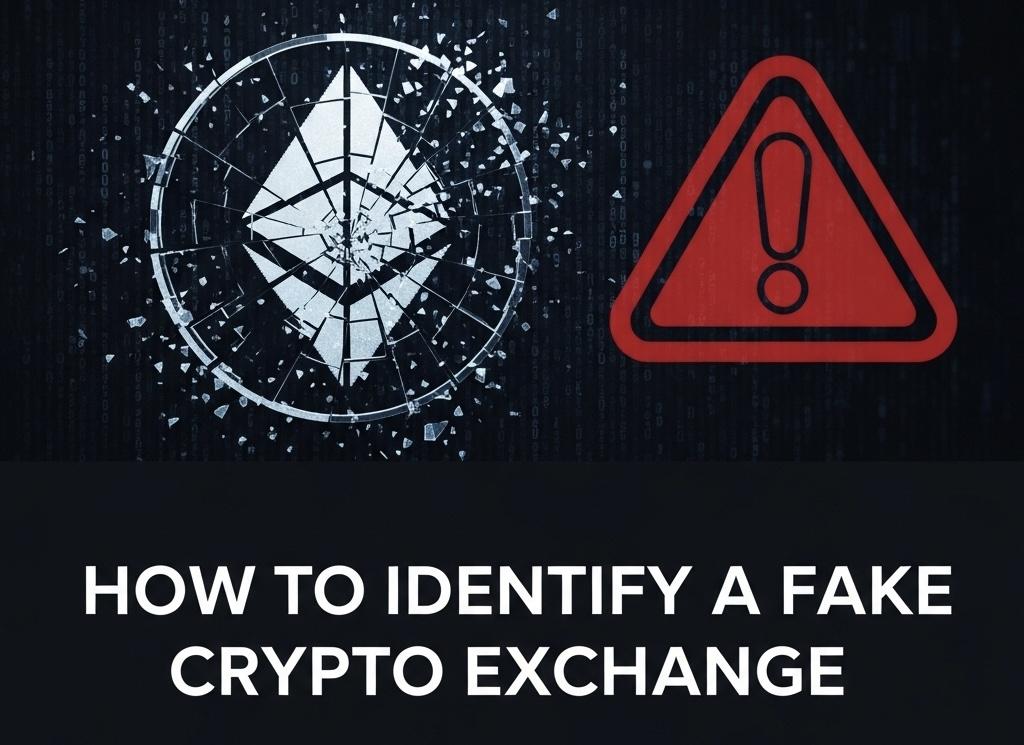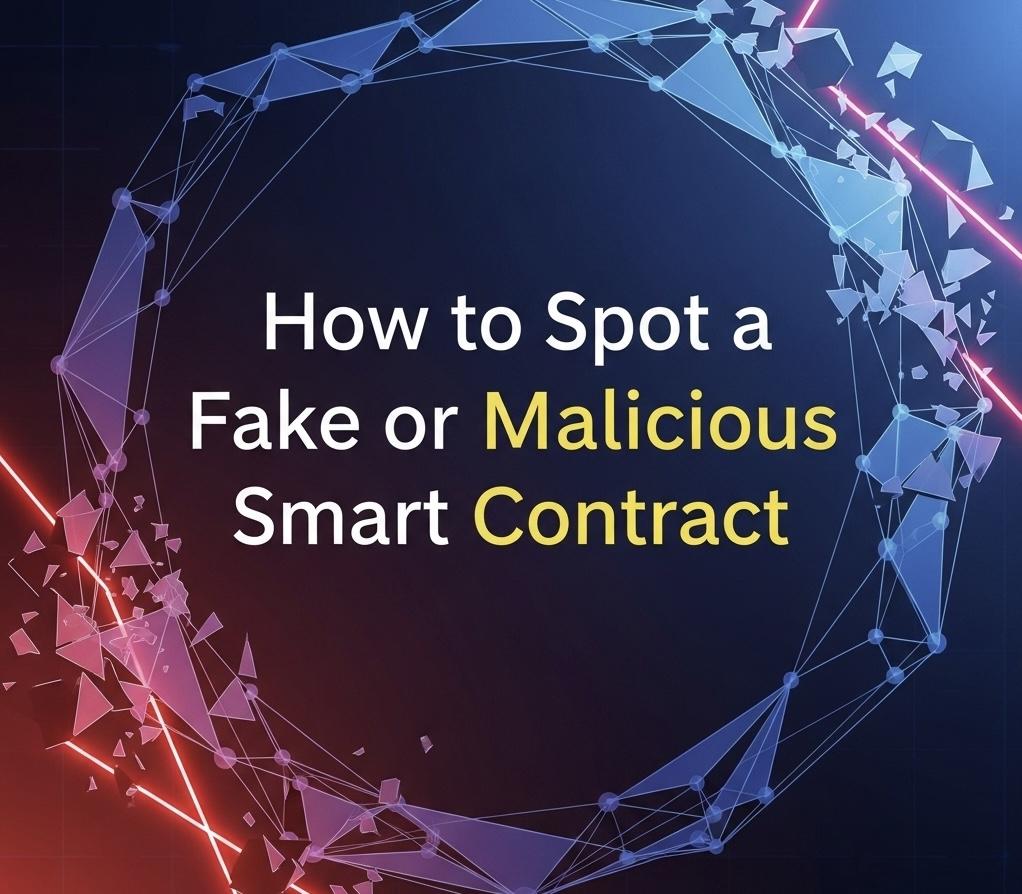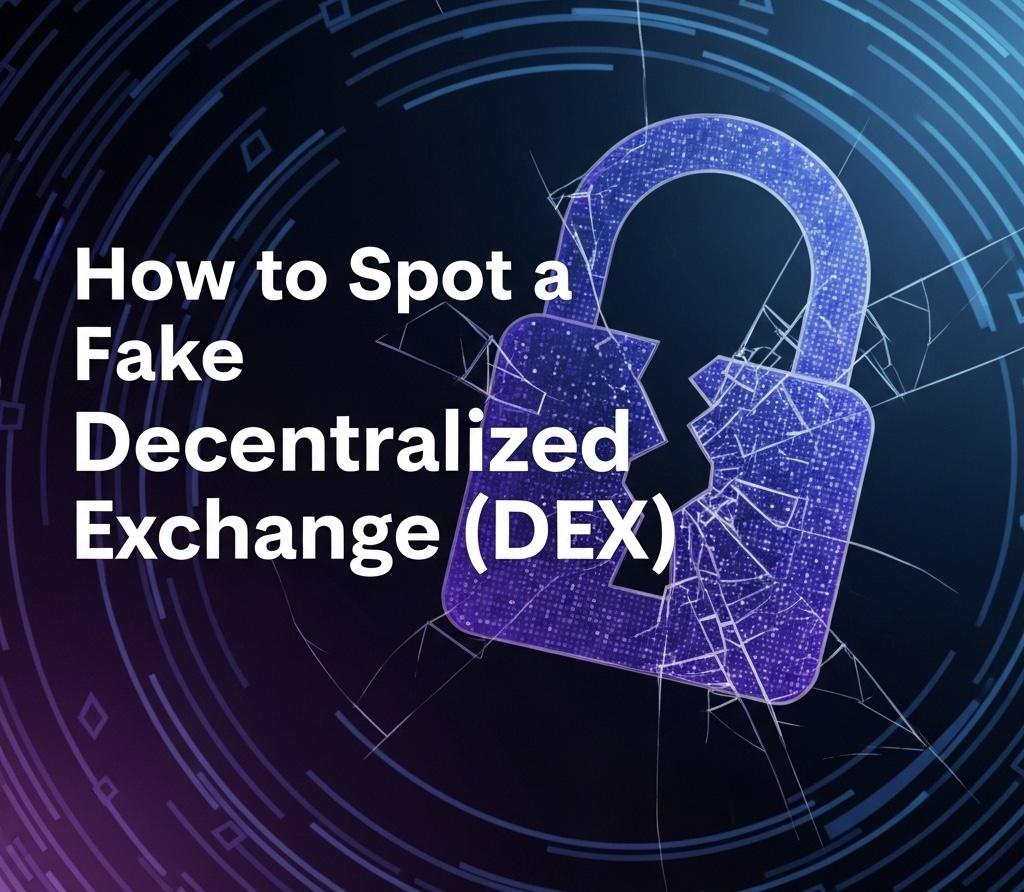What can a 51% attacker do?
With majority control, the attacker can:
1. Double-spend coins: This means they can spend the same cryptocurrency twice, by reversing transactions after they’re confirmed.
2. Censor transactions: They can prevent new transactions from gaining confirmations, effectively halting payments.
3. Block or delay other miners: By monopolizing block creation, they can exclude or delay other miners, reducing decentralization.
4. Rewrite parts of the blockchain: They can create a longer chain that invalidates others' blocks, manipulating the network history.
What can’t a 51% attack do?
- Even with 51% control, the attacker cannot:
- Steal coins from other wallets.
- Create new coins out of thin air.
- Change the rules of the protocol (e.g., block size or block reward).
Why is it a threat?
- It undermines trust in the network.
- Can cripple smaller blockchains with less hashing power.
- Damages the value and reputation of the cryptocurrency.
Real-world examples:
- Bitcoin Gold and Ethereum Classic have both suffered 51% attacks in the past.
- Bitcoin is highly resistant to such attacks due to its massive hash power, making a 51% attack extremely costly and complex.












